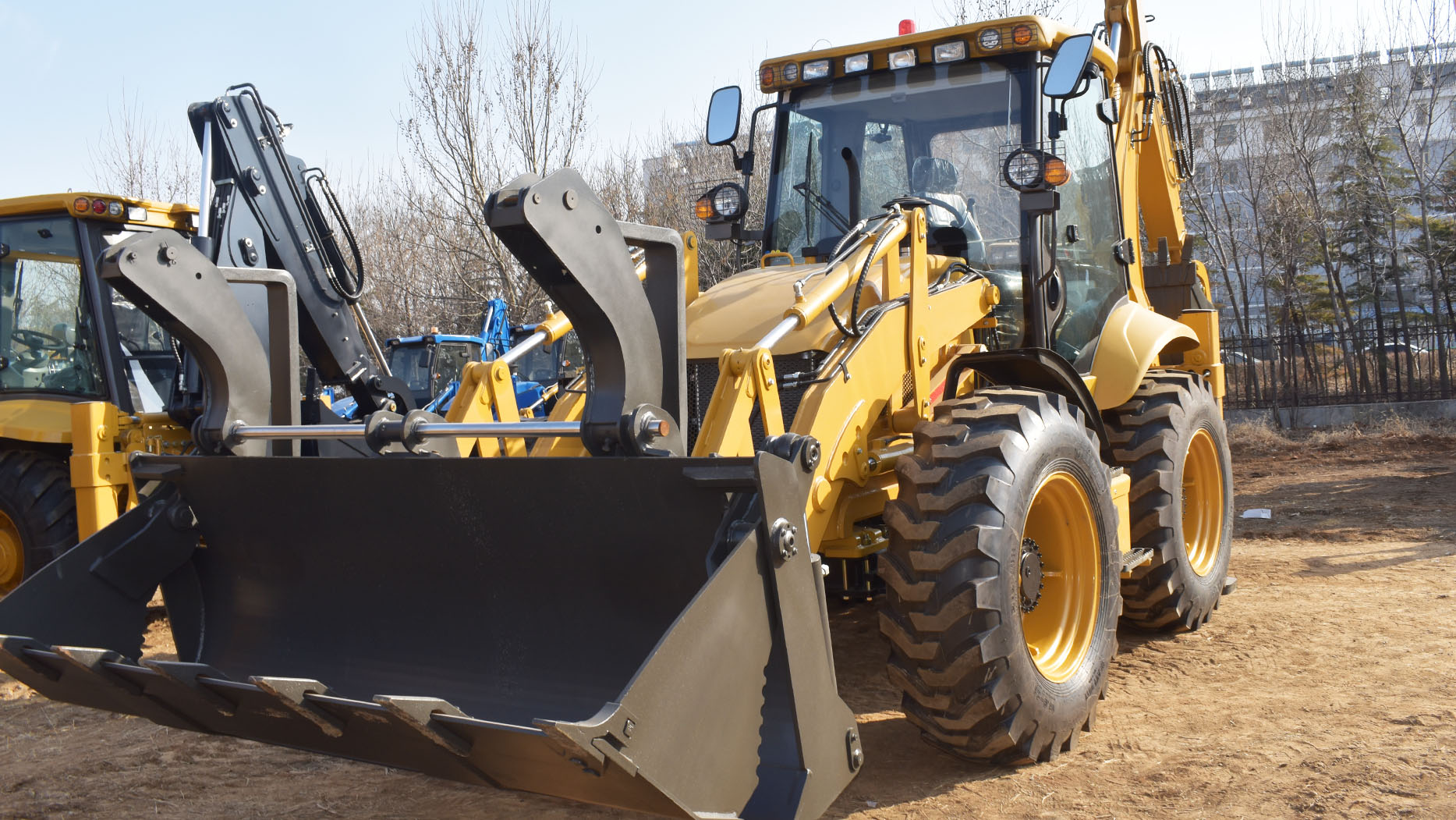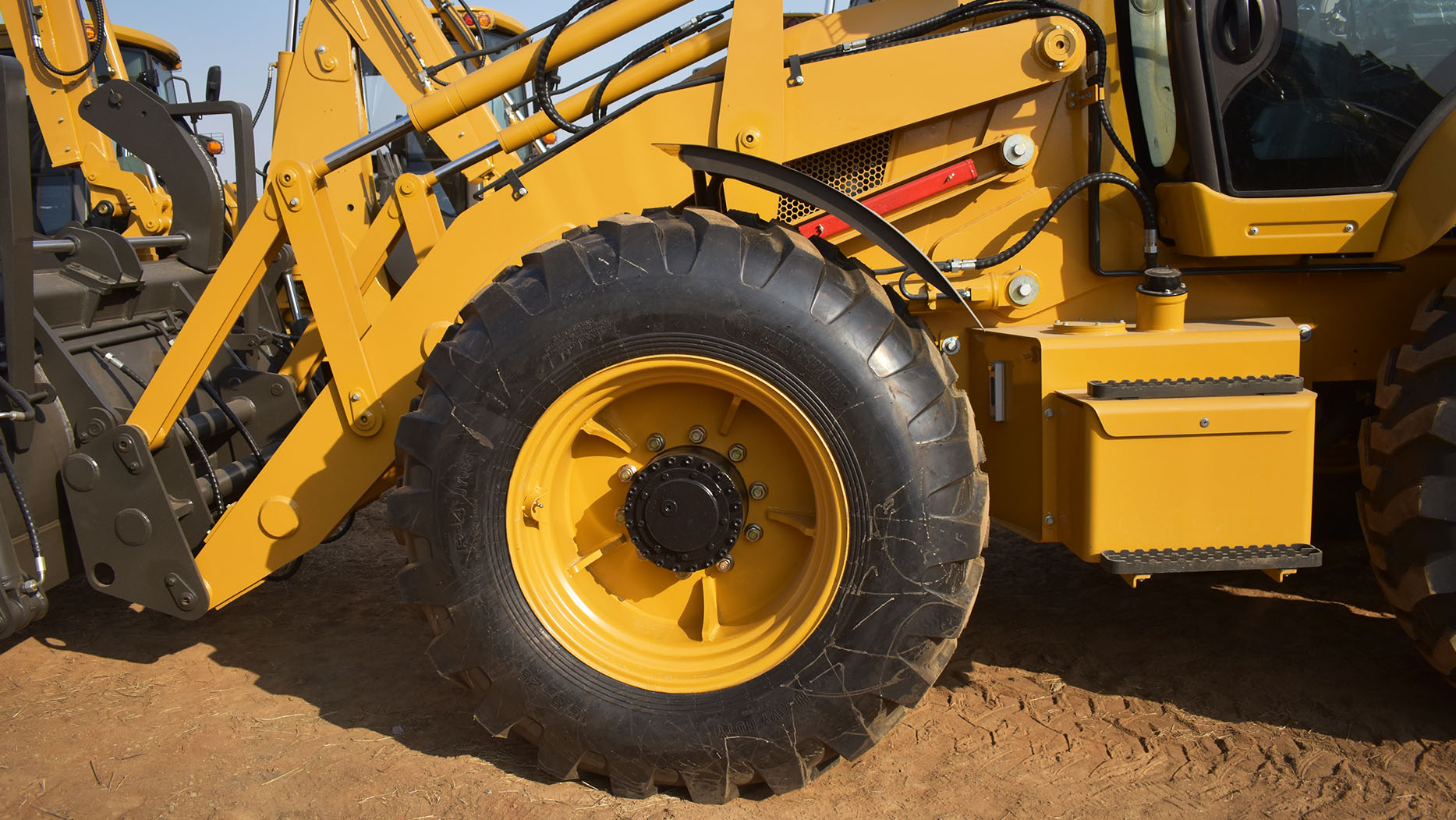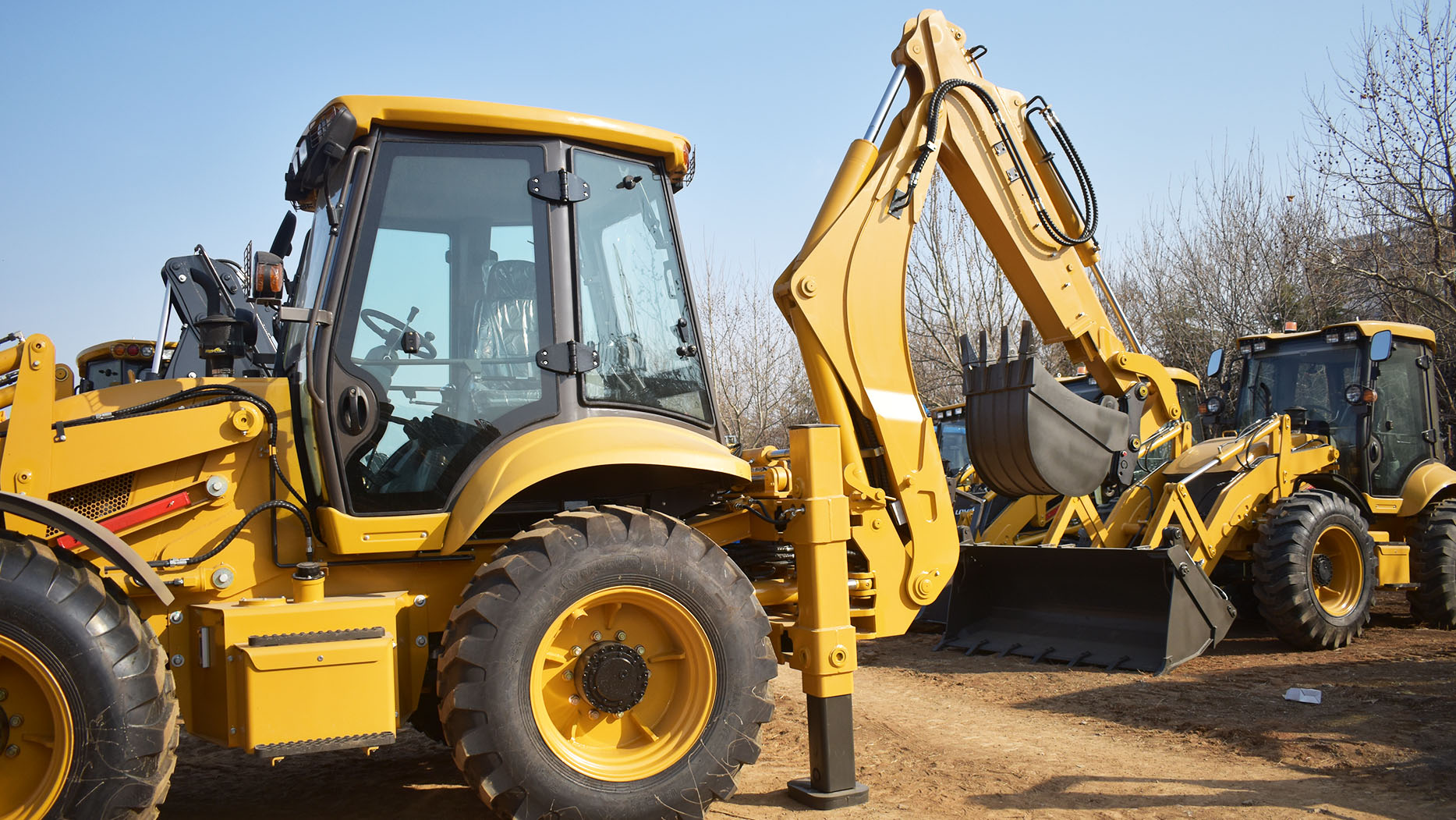On construction sites across the globe, the sight of a yellow machine diligently digging trenches or expertly loading trucks is instantly recognizable. Often, this machine is simply referred to as a "JCB." This ubiquity has led to a common question: Is JCB the same thing as a backhoe loader?
The short answer is no, but the relationship is deeply intertwined and understanding it requires a journey through the history of the machine and the impact of one pioneering manufacturer. While "backhoe loader" is the generic term for this versatile piece of construction equipment, JCB's early dominance and strong brand recognition have led to a colloquial, often inaccurate, interchangeability of the terms, much like how some might refer to any adhesive bandage as a "Band-Aid."
To truly dissect this relationship, we need to define what a backhoe loader is, explore the history of JCB, and understand why the distinction, while important technically, often blurs in everyday language.
The Anatomy of a Backhoe Loader: A Trio of Capabilities
A backhoe loader is a powerful and versatile piece of heavy equipment that combines three primary functions into a single unit:
Tractor Unit: The base of the machine resembles an agricultural tractor, providing mobility and power for the other attachments. It features a robust chassis, wheels (typically large and heavy-duty), and a driver's cab.
Front Loader: At the front of the tractor unit is a loader bucket mounted on hydraulic arms. This allows the machine to scoop, lift, carry, and dump loose materials like soil, sand, gravel, and debris. The loader bucket can also be used for grading and leveling tasks.

Rear Backhoe: The defining feature of this machine is the backhoe attachment at the rear. This consists of a digging arm (boom and dipper stick) with a digging bucket at the end. The backhoe is hydraulically powered and is primarily used for excavation tasks such as digging trenches, holes for foundations, and utility work. Stabilizer legs (outriggers) are deployed during backhoe operation to provide stability.
This three-in-one design makes the backhoe loader an incredibly versatile machine, capable of performing a wide range of tasks on construction sites, agricultural projects, and landscaping jobs, often eliminating the need for multiple specialized pieces of equipment.
The Genesis of JCB: From Trailers to Trailblazers
The story of JCB (J.C. Bamford Excavators Ltd.) begins in 1945 in Uttoxeter, Staffordshire, England, with Joseph Cyril Bamford himself. Initially operating from a small lock-up garage, Bamford's early ventures involved repairing agricultural equipment and building tipping trailers from war surplus materials.
The pivotal moment in JCB's history, and the one that inextricably links the brand to the backhoe loader, came in 1953. Recognizing a need for a more versatile and efficient earthmoving solution, JCB launched the Mk 1 excavator. This machine was revolutionary for its time, integrating a hydraulic excavator arm onto the rear of a tractor-mounted loader. This was the world's first backhoe loader.
The success of the Mk 1 and subsequent models was immense. JCB's innovative design, coupled with robust engineering and effective marketing, quickly established the company as a leader in this new category of machinery. The iconic yellow color, adopted in 1964, further contributed to the brand's strong visual identity and recognition.
Over the decades, JCB continued to refine and develop the backhoe loader concept, introducing numerous advancements in hydraulics, engine technology, operator comfort, and versatility. Their commitment to innovation and quality cemented their position as a dominant force in the market.
Why "JCB" Became Synonymous (Though Incorrectly) with "Backhoe Loader":
Several factors contributed to the colloquial use of "JCB" to refer to any backhoe loader, regardless of the actual manufacturer:
 First Mover Advantage: As the pioneers of the integrated backhoe loader, JCB established a strong early presence in the market. Their machines were often the first that many contractors and operators encountered.
First Mover Advantage: As the pioneers of the integrated backhoe loader, JCB established a strong early presence in the market. Their machines were often the first that many contractors and operators encountered.
Brand Dominance: For a significant period, JCB held a dominant market share in the backhoe loader segment, particularly in Europe and the UK. This widespread presence meant that their brand name became highly visible and associated with the machine type.
Effective Marketing and Branding: JCB invested heavily in marketing and branding, creating a strong and memorable image for their products. The distinctive yellow color and the prominent "JCB" logo further reinforced brand recognition.
Ubiquity on Job Sites: The sheer number of JCB backhoe loaders working on construction sites made the brand name a common term of reference for the machine itself.
Simplicity of Language: For many, using the well-known "JCB" was simply easier and quicker than saying "backhoe loader," especially in the fast-paced environment of a construction site.
This phenomenon is not unique to JCB. Other brands have similarly become generic terms for product categories, such as "Kleenex" for facial tissue or "Xerox" for photocopying. However, just as these terms technically refer to specific brands, "JCB" is the name of a manufacturer, not the generic term for the machine they famously pioneered.
The Importance of Technical Accuracy: Backhoe Loader vs. JCB
From a technical standpoint, it is crucial to understand that "backhoe loader" is the correct generic term for the type of machine, while JCB is just one of many companies that manufacture them. Other prominent manufacturers of backhoe loaders include:
Caterpillar (CAT)
John Deere
Case Construction Equipment
Komatsu
Kubota
New Holland
Terex (though their dedicated backhoe loader line is less prominent now)
 Each of these manufacturers produces backhoe loaders with their own unique features, specifications, and branding. While they all serve the same fundamental purpose, there can be significant differences in performance, technology, and operator comfort between models from different manufacturers.
Each of these manufacturers produces backhoe loaders with their own unique features, specifications, and branding. While they all serve the same fundamental purpose, there can be significant differences in performance, technology, and operator comfort between models from different manufacturers.
Referring to all backhoe loaders as "JCBs" is akin to calling all excavators "Caterpillars" or all bulldozers "Caterpillars" – it overlooks the diverse range of manufacturers and models available in the market.
Conclusion: Recognizing the Pioneer While Respecting the Category
In conclusion, while the terms are often used interchangeably in casual conversation, JCB is not the same thing as a backhoe loader. JCB is a specific brand, a pioneering British manufacturer that invented the integrated backhoe loader in 1953 and played a significant role in its widespread adoption. "Backhoe loader" is the generic term for the type of machine – a versatile piece of equipment combining a tractor unit, a front loader, and a rear backhoe.
The fact that "JCB" has become so closely associated with backhoe loaders is a testament to the company's early innovation, market dominance, and strong brand presence. However, for technical accuracy and clear communication, especially in professional settings, it is important to use the correct terminology. Just as we distinguish between a brand of adhesive bandage and the product category itself, we should recognize JCB as a leading manufacturer of backhoe loaders, while acknowledging that the market includes numerous other reputable brands producing this essential piece of construction equipment. The yellow giant undeniably left an indelible mark on the industry, but it is one prominent player in the broader world of backhoe loaders.
Post time:May.19.2025
